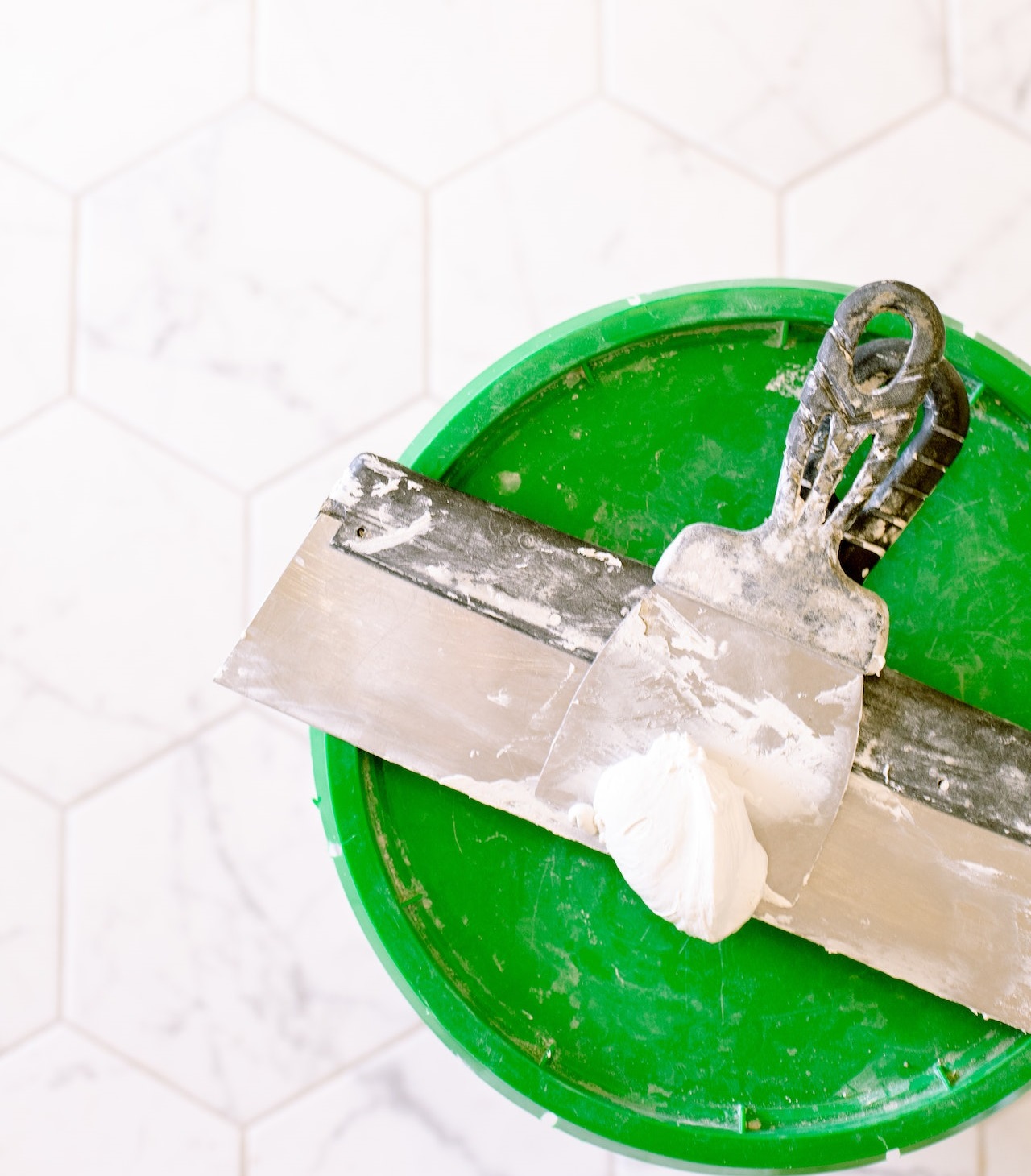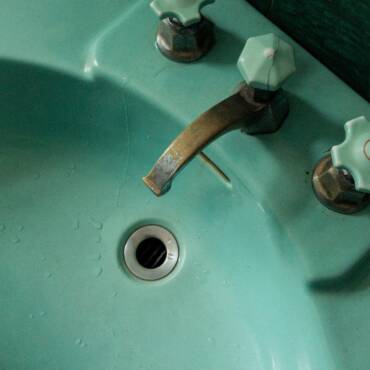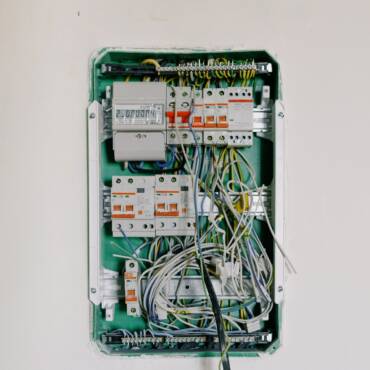In the world of interior design and home renovation, tiling and plastering emerge as foundational techniques that contribute to both the aesthetics and functionality of a space. This comprehensive article delves into the artistry of tiling and plastering, uncovering their significance, processes, creative potential, and the transformative role they play in shaping captivating living environments.

Tiling & Plastering
The Essence of Tiling & Plastering: Beyond Surface Beauty
Tiling and plastering are more than surface applications; they are the canvas upon which interior design dreams come to life. These techniques not only enhance the visual appeal of a space but also provide durability, protection, and a canvas for creative expression.
The Art of Tiling: Precision and Style
- Material Selection: Choose from an array of materials, including ceramic, porcelain, natural stone, glass, and mosaic tiles, each offering unique textures and aesthetics.
- Pattern Possibilities: Lay tiles in various patterns such as herringbone, chevron, basketweave, and more to add visual interest and depth.
- Grout and Colour: Select grout colour to complement or contrast with tiles, influencing the overall appearance of the finished installation.
- Precision Installation: Achieve seamless and level tile placement through meticulous measurements and proper adhesive application.
- Tile Finishes: Explore various tile finishes, from glossy and reflective to matte and textured, each contributing to the desired ambiance.
The Art of Plastering: Craftsmanship and Texture
- Surface Preparation: Ensure the surface is clean, smooth, and properly primed before plaster application.
- Plaster Mix: Create the ideal plaster mix, balancing water and plaster to achieve the desired consistency and workability.
- Layer Application: Apply plaster in multiple layers, using techniques like skim coating or textured finishes to achieve the desired look.
- Trowel Mastery: Skilled use of a trowel allows for smooth, even plaster application and the creation of intricate textures.
- Creative Expression: Plastering can be adapted for various styles, including rustic, minimalist, or even faux finishes resembling natural stone or aged textures.
Harmonizing Tiling & Plastering in Design
- Seamless Transitions: Use tiling and plastering to create seamless transitions between spaces, such as transitioning from tiles to plastered walls.
- Feature Walls: Combine both techniques to create feature walls that showcase textures, patterns, and materials.
- Complementary Contrasts: Balance the cool and smooth textures of tiles with the warmth and tactile appeal of plastered surfaces.
Tiling & Plastering: Functional Benefits
- Durability: Tiled surfaces are resilient and can withstand moisture, making them suitable for areas prone to water exposure.
- Maintenance: Tiles and plastered walls are easy to clean and maintain, contributing to a hygienic and tidy living environment.
- Acoustic Enhancement: Plastering can improve sound insulation, reducing noise transfer between rooms.
- Heat Regulation: Tiled floors can help regulate indoor temperatures, providing a cool surface in warmer months.
The DIY vs. Professional Debate: Making an Informed Choice
While DIY enthusiasts may tackle small tiling or plastering projects, larger or intricate tasks demand the expertise of skilled professionals. Quality installation ensures longevity, aesthetics, and adherence to safety standards.
Technological Advances in Tiling & Plastering
Technology has revolutionized these traditional techniques:
- Digital Design Tools: Software allows for accurate visualizations of tile patterns and plastered textures before application.
- Precision Tools: Advanced tiling tools ensure precise tile placement and alignment.
- Plaster Application Techniques: Modern tools and equipment streamline plaster application and texture creation.
Budget Considerations: Balancing Elegance and Expenses
Striking a balance between desired aesthetics and budget is crucial. Prioritize areas that make the most significant impact while exploring cost-effective materials and techniques.
Conclusion
Tiling and plastering are the brushstrokes that transform ordinary spaces into breathtaking works of design artistry. From the intricate precision of tiling to the tactile textures of plastering, these techniques enhance not only the visual allure but also the functionality and character of a home. By understanding their unique attributes, embracing design principles, and harnessing technological innovations, homeowners and designers can master the art of tiling and plastering, weaving elegance and charm into the very fabric of their living spaces.



